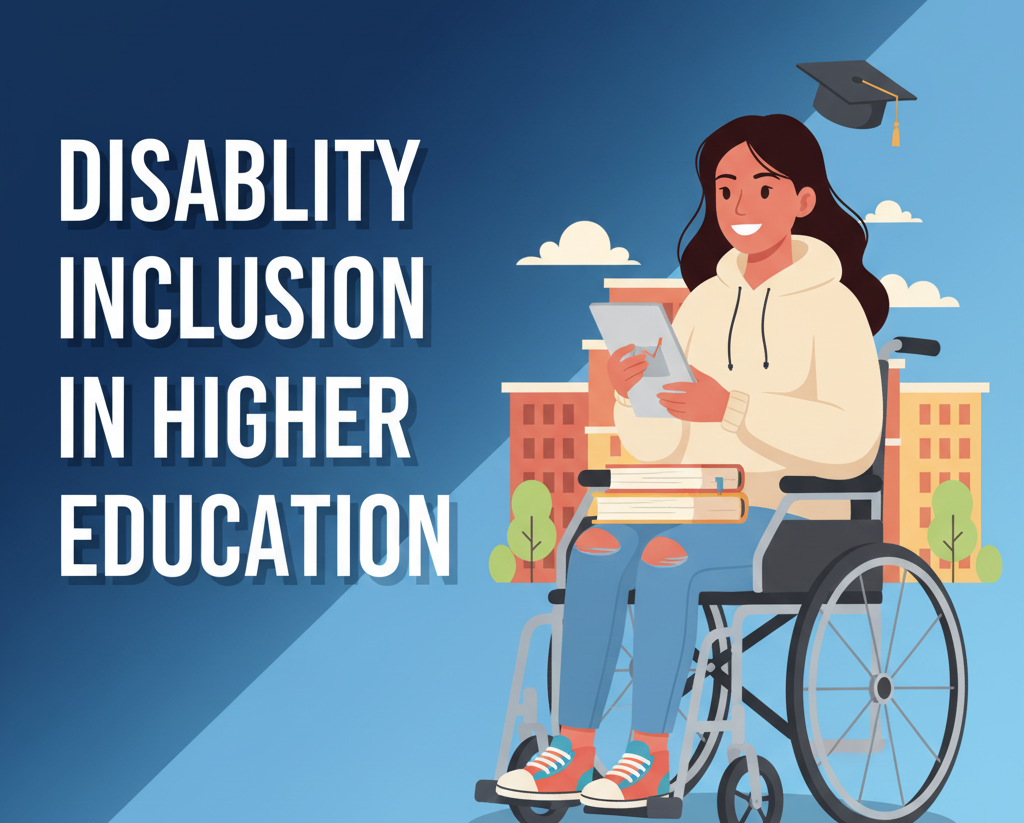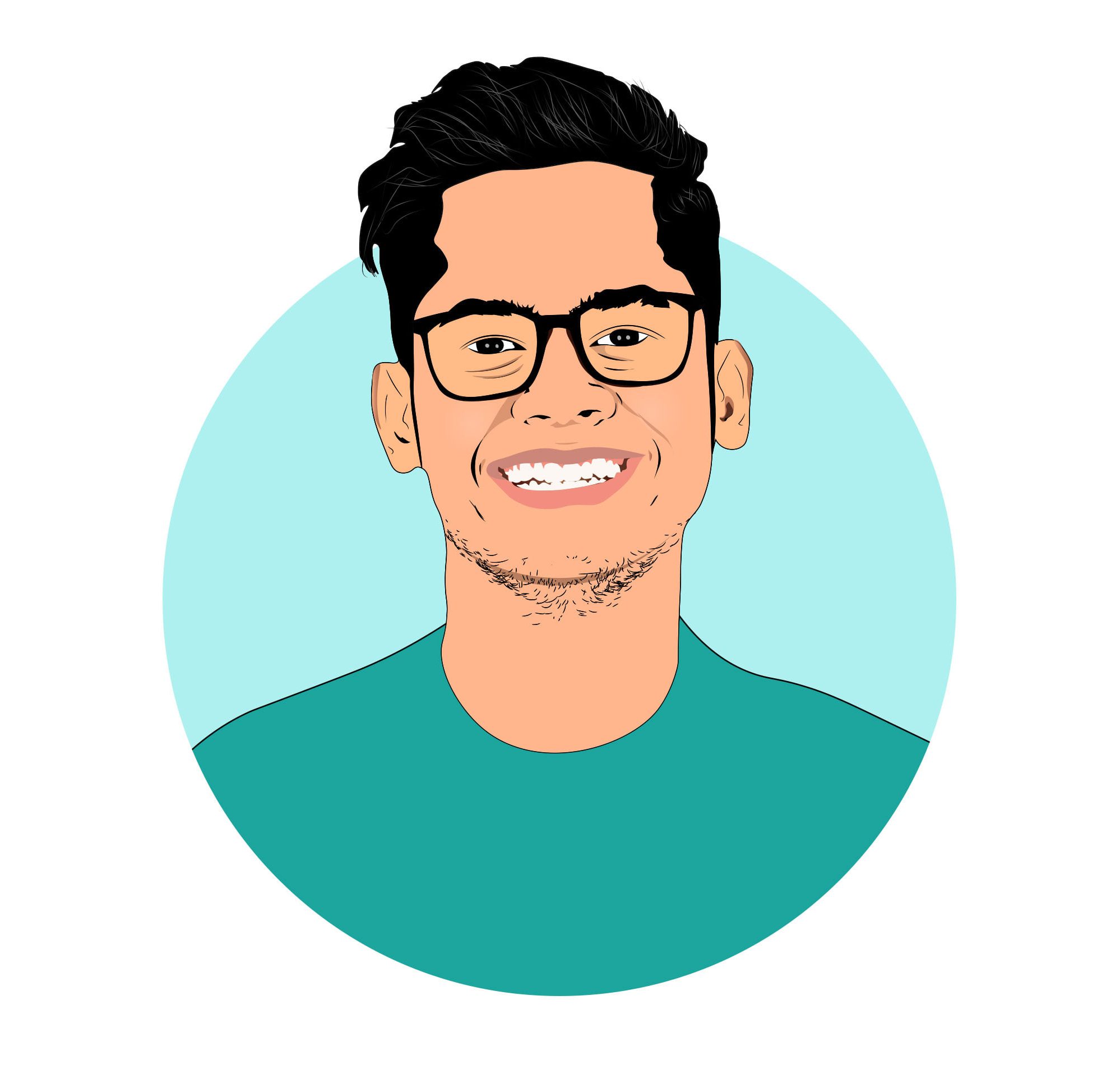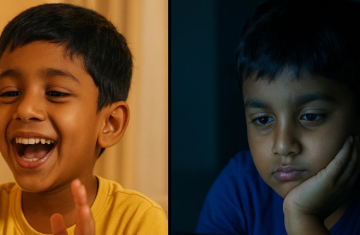Higher education is often seen as the great equalizer – a place where talent, not background, should determine success. But for millions of students with disabilities across the world, the reality is far from equal. Classrooms without ramps, rigid exam systems, untrained teachers, and insensitive attitudes keep many bright minds from realizing their potential.
A recent report, Investing in Inclusion: A Guide to Disability-Inclusive Education for Higher Education Institutions, highlights both the challenges and opportunities of disability inclusion. It also presents a powerful case study from Peru that shows how a university can transform itself by putting inclusion at the center of its mission. Unfortunately, when I compare these findings with the situation at Dhaka University, my own university, the contrast is stark.

The Challenge and Opportunity of Disability Inclusion
For years, disability was viewed as an individual’s “problem,” something to be solved medically. But today, experts agree that disability is often created by the environment. A student is not “disabled” because they cannot walk, but because the university building has no ramp. A student with dyslexia is not “disabled” by their mind, but by an education system that values only timed written exams.
The barriers are many: lack of resources like assistive technology, inaccessible buildings, discriminatory attitudes, rigid curricula, and absence of supportive policies. These barriers push students with disabilities out of higher education at alarming rates. In the United States, only 23 percent of undergraduates with disabilities graduate within five years, compared to 38 percent of those without disabilities.
Yet the report makes it clear: inclusion is not just a moral responsibility, it is an opportunity. Universities that open their doors to students with disabilities benefit from increased enrollments, diversity of thought, higher retention rates, and stronger reputations. Economically, every extra year of higher education for a student with disability can increase their income by more than 20 percent.
How Institutions Can Advance Disability Inclusion
The report provides a practical roadmap for universities. It suggests simple, low-cost steps such as:
- Using disability-positive language in communications.
- Making admission information accessible in large print or online formats.
- Adding captions to online lectures.
- Offering mental health support.
It also calls for long-term structural changes:
- Creating disability inclusion policies with proper budgets.
- Integrating Universal Design for Learning (UDL) so teaching methods fit diverse needs.
- Investing in accessible digital platforms and assistive technology.
- Training staff and student leaders on disability awareness.
- Partnering with disability organizations to improve practices.
Disability inclusion is not a one-off project. It is an ongoing journey that transforms both students’ lives and the university itself.
Case Study: Continental University in Peru
A shining example comes from Peru. Continental University, with more than 66,000 students, has become a leader in inclusive education.
In 2022, it set up a dedicated Inclusion Unit with a clear disability inclusion policy. It began collecting disability data to understand student needs better. By 2024, 146 students had self-identified as having disabilities, and tailored support systems were in place for them.
The university invested in tools like Ally, which converts learning materials into accessible formats, and ReadSpeaker, which reads text aloud for visually impaired students.
Mental health was also a priority. During COVID-19, they launched Calma, Peru’s first online psychological first aid service, offering live subtitles, sign language support, and multilingual options. Later, they added the Sanamente program for staff mental health.
Continental University’s journey proves that with leadership, planning, and commitment, disability inclusion is not only possible—it can thrive even in large and complex institutions.
A Reflection on Dhaka University
Now, let’s look at Dhaka University, my own university. With its long history and reputation as the “Oxford of the East,” one might expect it to be a pioneer in inclusion. Sadly, that is not the case.
There are no ramps in most buildings. No disability support unit exists. There is no formal policy on disability inclusion. Online platforms are not accessible, and mental health support is practically nonexistent.
For thousands of students, these gaps are not small inconveniences—they are walls that block their education. The contrast with Continental University in Peru is painful. If they can build a comprehensive system for 66,000 students, why can’t Dhaka University take at least the first steps?
Conclusion: The Road Ahead
Disability inclusion in higher education is both a challenge and an opportunity. The challenge lies in breaking down barriers – physical, digital, and cultural that have excluded students for generations. The opportunity lies in building campuses where every student can thrive, regardless of disability.
The lessons from Peru show us that change is possible, even in resource-constrained contexts. For Bangladesh, and especially for Dhaka University, the time to act is now. Inclusion should not be an afterthought, it should be at the heart of what higher education stands for.
Because true education is not just about teaching; it is about ensuring that no one is left behind.
Thank for giving me your time while reading this. Getting anyone’s time is the most precious thing for me. To read my other blogs like How Screen Time Shapes Children’s Speech: A Lesson from my Thesis, and The Shondha River Stole My Childhood: Why I’m Fighting Climate Anxiety, you can click here.



